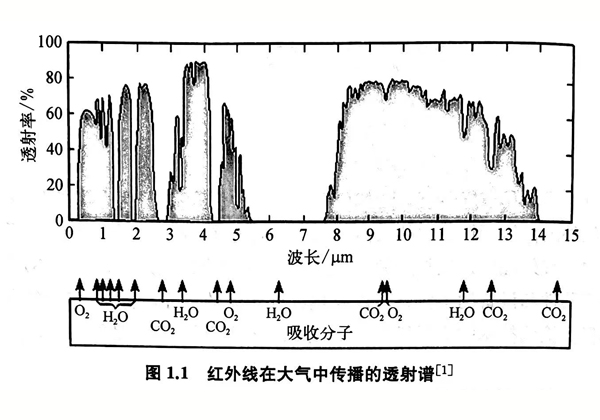Infrared imaging has the advantages of strong detection ability and all-weather work, and is known as the "sixth sense" of human beings. Using infrared imaging to detect human objects in a scene has become an important research direction in the field of computer vision. Infrared radiation is the basis of infrared imaging. We first introduce the basic principle of infrared radiation, the working principle of infrared detection devices and equipment, and the characteristics of thermal infrared images, and then further introduce the main tasks, implementation methods, and application fields of thermal infrared human target detection technology. and challenges.
In 1800, British physicist F.W. Herschel discovered that in addition to visible light, the radiation emitted by the sun also has a "hot line" that is invisible to the human eye and is located outside the red visible light. This "hot line" is called infrared, also known as infrared radiation. Infrared is essentially an electromagnetic wave with a wavelength of 0.76 to 1000 μm. According to different wavelengths, infrared can be divided into near-infrared, medium-wave infrared, long-wave infrared, very long-wave infrared and far infrared. The distance in the wavelength band refers to the distance of infrared radiation relative to the visible light band. In nature, any object whose temperature is higher than absolute zero, that is, the thermodynamic temperature of 0K or -273℃, continuously radiates infrared rays to the outside world, and the higher the surface temperature of the object, the more energy it radiates, and the greater the intensity of infrared radiation.
As an electromagnetic wave, infrared radiation, like visible light, radio waves, etc., will absorb, reflect, refract, transmit, interfere and polarize when it propagates inside or at the interface of air and other substances. Absorption is the most important factor affecting its propagation. . Some molecules in the air, such as CO2, H2O, etc., have characteristic absorption lines corresponding to their molecular structures, that is, they strongly absorb infrared radiation of certain wavelengths, while they hardly absorb infrared radiation of other wavelengths. high transmittance. In addition, in addition to gaseous molecules in the air, solid or liquid suspended matter in the air, such as dust, clouds, fog, rain, snow, etc., will also strongly scatter and absorb infrared radiation, resulting in its severe attenuation. The figure below depicts the transmission lines of infrared radiation propagating in the atmosphere. Among them, the wavelength band in which the atmosphere absorbs infrared radiation relatively weakly is called "atmospheric window", which mainly includes three: 1~3μm, 3~5μm, 8~14μm. Because infrared radiation needs to be transmitted through the atmosphere to be detected by infrared detectors, the existence of "atmospheric windows" is very important for infrared spectroscopy research and infrared technology applications. General infrared instruments or systems work based on these windows.

The changes of infrared radiation intensity and wavelength with temperature satisfy the basic laws of thermal radiation such as Planck’s black body radiation law, Wien’s displacement law, and Stefan-Boltzmann law. In the next issue, our editor will explain these laws one by one.